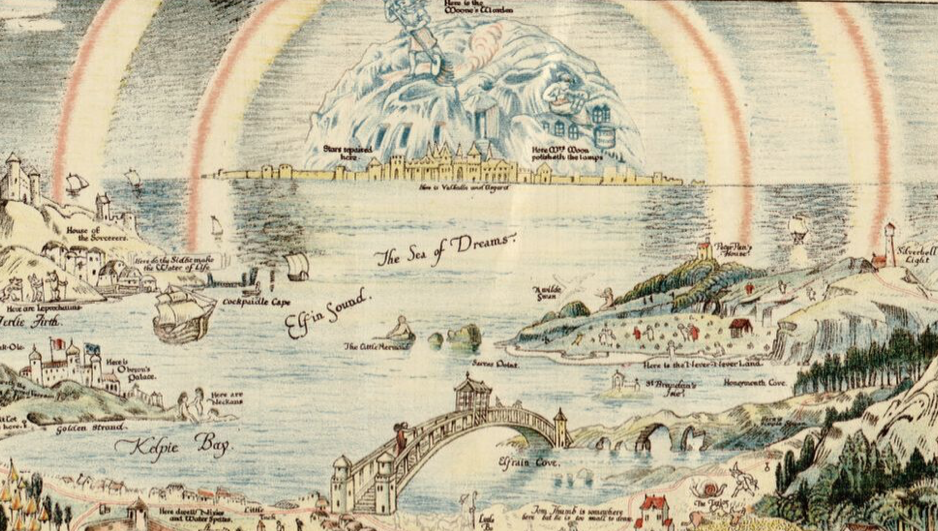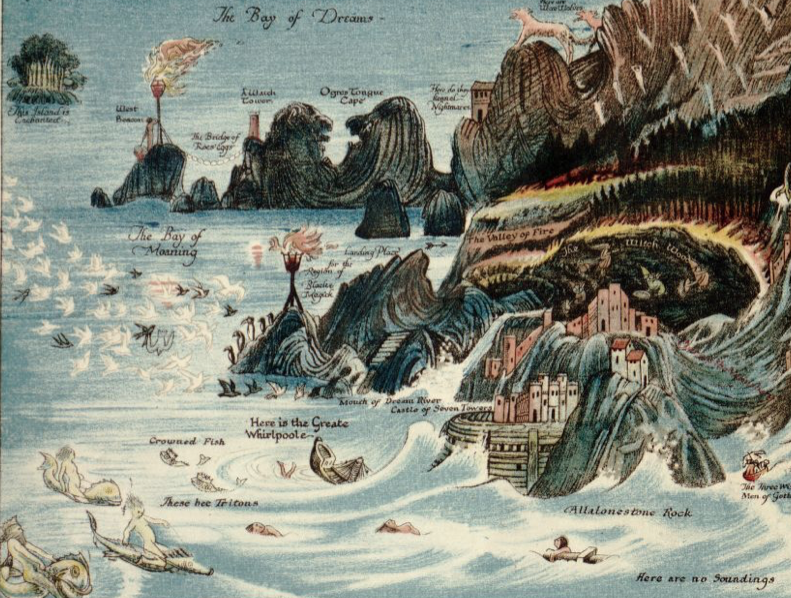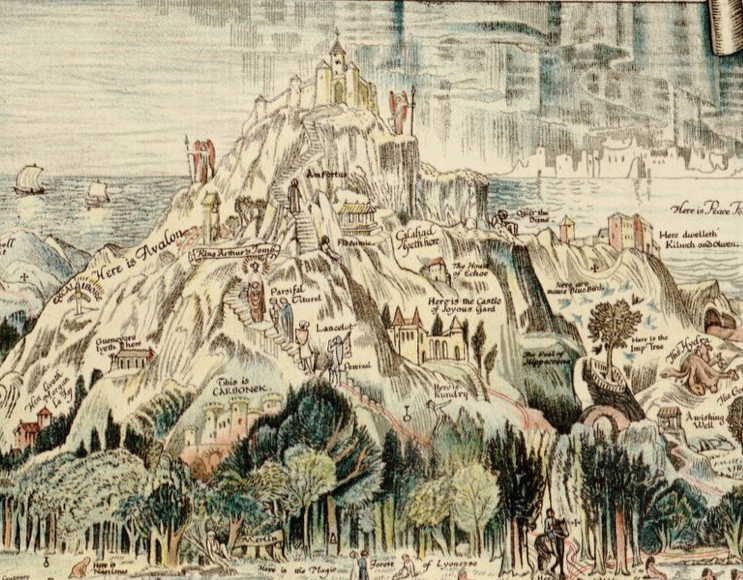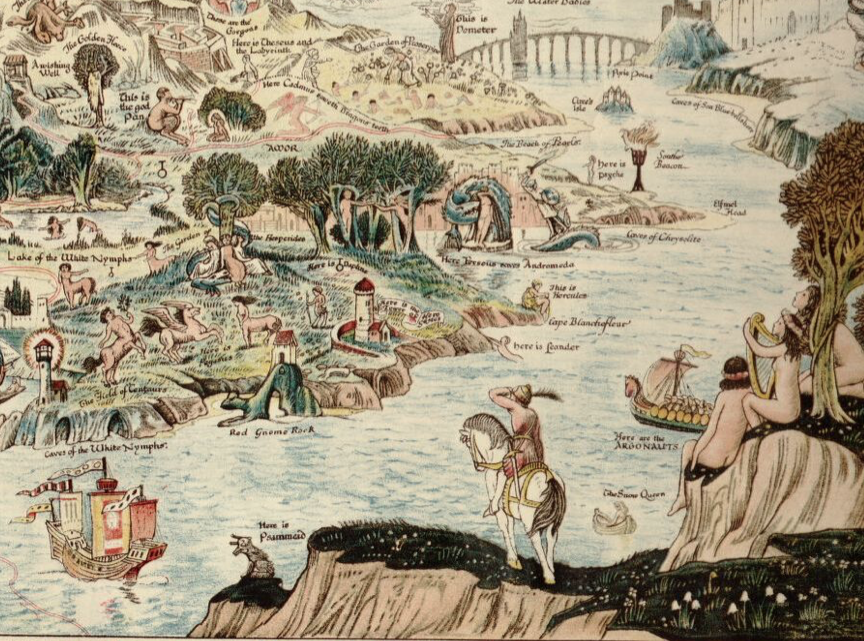Has any culture, apart from that of the tiny Utah town in Footloose, done entirely without dancing? It would at first seem that any human need the rhythmic shaking of one’s limbs to organized sound fulfills must reside pretty low on the overall priority scale, but anthropology tells us that various human societies started dancing before they got into most every other activity that fills their time today. “Why is this ostensibly frivolous act so fundamental to being human?” asks the Aeon video above. “The answer, it seems, is in our need for social cohesion — that vital glue that keeps societies from breaking apart despite interpersonal differences.”
Directed and animated by Rosanna Wan and Andrew Khosravani, the four-minute explainer frames our deep, culture-transcending need to “bust a move” in terms of the work of both 19th- and early 20th-century French sociologist Émile Durkheim and more recent research performed by Bronwyn Tarr, an Oxford evolutionary biologist who also happens to be a dancer herself.
Durkheim posited the phenomenon of “collective effervescence,” or “a sort of electricity,” or “that exhilaration, almost euphoria, that overtakes groups of people united by a common purpose, pursuing an intensely involving activity together.” When you feel it, you feel “a flow, a sense that your self is melding with the group as a whole.” And has any practice generated as much collective effervescence throughout human history as dance?
Modern science has shed a bit of light on why: Tarr has found that “we humans have a natural tendency to synchronize our movements with other humans,” thanks to a region in the brain which helps us make the same movements we see others making. “When we mimic our partner’s movements, and they’re mimicking ours, similar neural networks in both networks open up a rush of neurohormones, all of which make us feel good.” Listening to music “can create such a euphoric delight that it appears to activate opioid receptors in the brain,” making it even harder to resist getting up and dancing. “They said he’d never win,” Footloose’s tagline said of the movie’s big-city teen intent on getting the town dancing again, but “he knew he had to” — an assurance that turns out to have had a basis in neurology.
Related Content:
Animated Introductions to Three Sociologists: Durkheim, Weber & Adorno
The Addams Family Dance to The Ramones’ “Blitzkrieg Bop”
Based in Seoul, Colin Marshall writes and broadcasts on cities, language, and culture. His projects include the book The Stateless City: a Walk through 21st-Century Los Angeles and the video series The City in Cinema. Follow him on Twitter at @colinmarshall or on Facebook.








